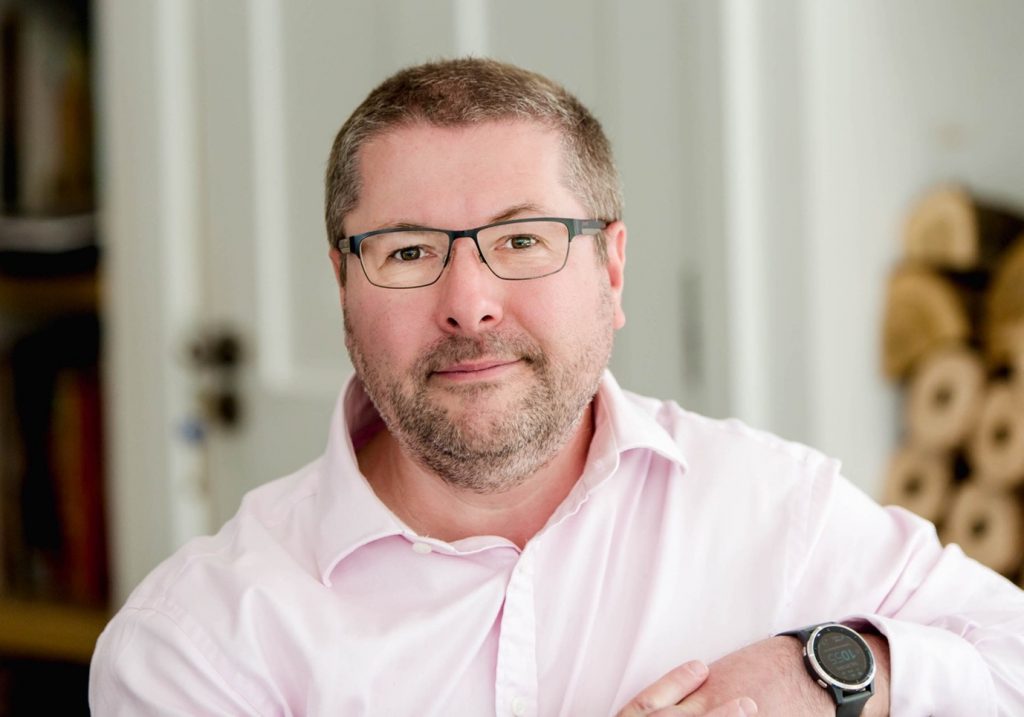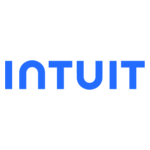Digital transformations: give yourself permission to start again
Many organisations have tried unsuccessfully to reboot their failing transformations. But what’s the reason for this lack of success?

Sometimes you just have to hit the reset button
In most cases, it’s because they haven’t gone far enough.
Tinkering round the edges of a transformation that is suffering from cost overruns/lack of delivery/ineffective governance/culture, communication, and skills issues is not going to deliver success. Sometimes you just have to hit the reset button.
Transformations that are beset by serious issues across multiple programme dimensions require a fundamental rethink of the approach that is being taken.
Take control of your digital transformation journey
There are myriad reasons why digital transformations hit the buffers.
Sometimes the transformation is being conducted inside an organisational structure that is not suited to delivering a digital transformation at pace.
Other times the organisational culture does not support the collaboration, creativity, and innovation required to deliver successful transformations.
Further, there can be instances where the tools and technologies that are being used are simply not fit for purpose.
Regardless of the underlying causes, leaders who find themselves confronting the uncomfortable reality of a transformation that has gone off the rails must give themselves permission to start again.
Create a greenfield structure
One of the cleanest and most effective ways of reigniting any digital transformation is to create a greenfield structure within the organisation that has the sole objective of delivering the transformation in the most efficient and effective way possible.
For the sake of brevity, let’s call this structure The Island.
The Island contains everything it needs to deliver the transformation. This self-sufficient entity is a discreet, dedicated innovation environment, free from existing business influence and risk, which promotes the fast evolution of ideas and deliveries.
Consisting of a leadership team and cross-functional groups of individuals operating in a flat structure, The Island is tasked with driving the transformation forward.
Being insulated from the wider business, The Island structure delivers an environment where staff become the agents of transformational change; they are not afraid to challenge the status quo, are passionate about their mission, and have the skills, resources, and motivation to effect positive digital change.
Issues solved by The Island
Creating The Island structure will resolve many of the most common reasons for transformational failure in one stroke.
Structure
Transformation failures can stem from issues with the organisational structure within which the change initiative is taking place.
In some instances, the structures themselves lead to political game playing, conflict, and defensive behaviour arising from heavily siloed teams. These silos inhibit open communication and prevent the high degree of collaboration that is required to deliver successful digital transformations.
The flat structure of The Island eliminates silos and promotes a highly collaborative and communicative engagement model that will enhance delivery capabilities.
Culture
Culture can, and often does, take a long time to change, especially in larger organisations or organisations where key members of staff have been around for a long time.
However, the leadership team on The Island can adopt a fresh approach to cultural change and deliver this within a very compressed timeframe. Culture flows from the top down, and as such the leadership team will tackle any cultural red flags that are encountered.
The executives on The Island should not just talk the talk, they must also demonstrate that they embrace the culture they are implementing by walking the walk and personifying the changes that they want others to adopt by removing fear of failure and promoting trust and collaboration.
Technology, tools, and processes
The Island must be free to adopt the technologies, tools, and processes that are most suited to delivering the transformation in the most effective way.
Having said this, The Island must not adopt tools/technologies that cannot be used within the main organisation and safeguards must be put in place to ensure that unconstrained technology adoption does not occur.
There is little point in delivering a transformation if the means of delivery cannot be re-integrated back to the main organisation without incurring prohibitive cost/complexity.
Delivery
All too often, organisations adopt a linear approach to their transformation initiatives.
Linear transformations are characterised by a large amount of up-front analysis and decision making, and a huge number of interdependent and parallel streams of work supported by highly complex delivery plans demonstrating that the end goal can be achieved within the designated timeframe and available budget.
These linear delivery plans look great on a slide but frequently fail to take account of the messy reality of transformational change in a complex business environment, and thus in many instances “…can be achieved…” really means “…is unlikely to be achieved…”.
Being unencumbered from the delivery models of the existing business allows The Island to approach the problem differently and adopt an iterative and incremental approach to the realisation of the transformation.
The use of fast iterative cycles of delivery results in an environment where experimentation and testing are continuous, which improves the management of risk by facilitating early validation of technical feasibility and any assumptions that have been made. This, in turn, drives increased levels of innovation and improved delivery.
Closing thoughts: be courageous, be the change
When digital transformations are failing on several different fronts, a fundamental and decisive change in approach is required.
The success of any transformation is a function of human imagination, determination, and courage. These qualities are stifled by an environment that is contributing to the failure.
Hit the reset button, but do it properly.
Give yourself permission to start again.
Create The Island structure, because transformational success is much more about the humans involved than any other factor.
This article contains extracts taken from my upcoming book, Evolving from Digital Transformation to Digital Acceleration using The Galapagos Framework, due for release in 2024.
 About the author
About the author
Brian Harkin is the CTO of Kynec and a visiting lecturer at Bayes Business School (City, University of London).
He is passionate about the intersection of people, technology, and innovation and has developed the Galapagos Framework to help leaders and organisations transform the way they direct digital change.
All opinions are his own and he welcomes debate and comment!
Follow Brian on Twitter @DigitalXformBH and LinkedIn.











































